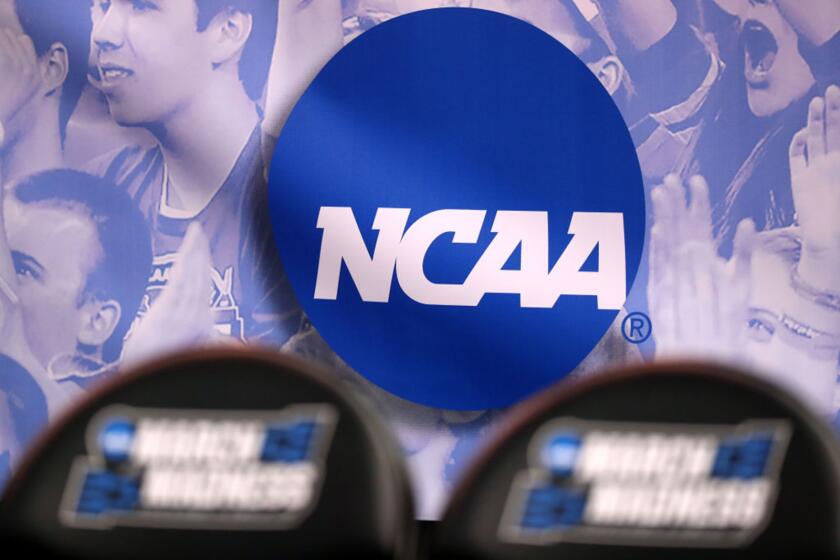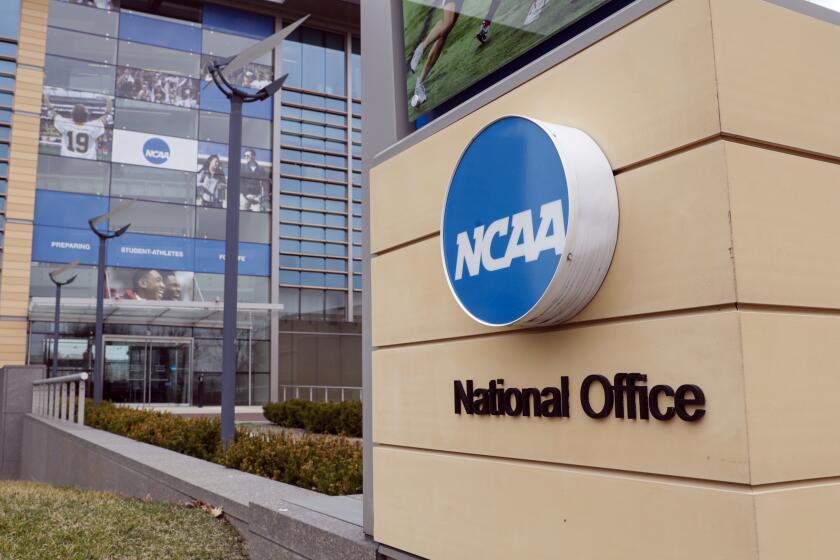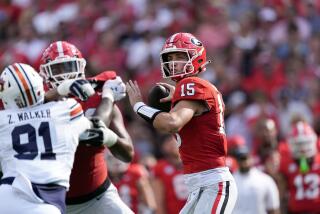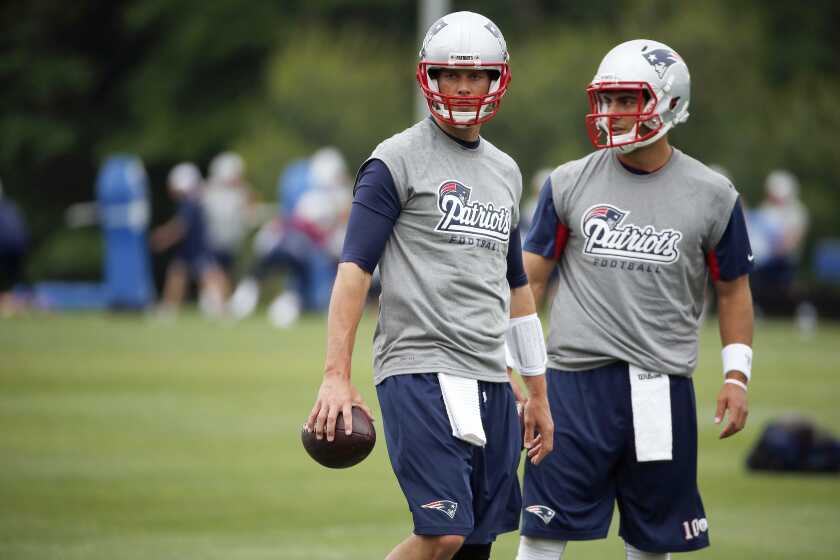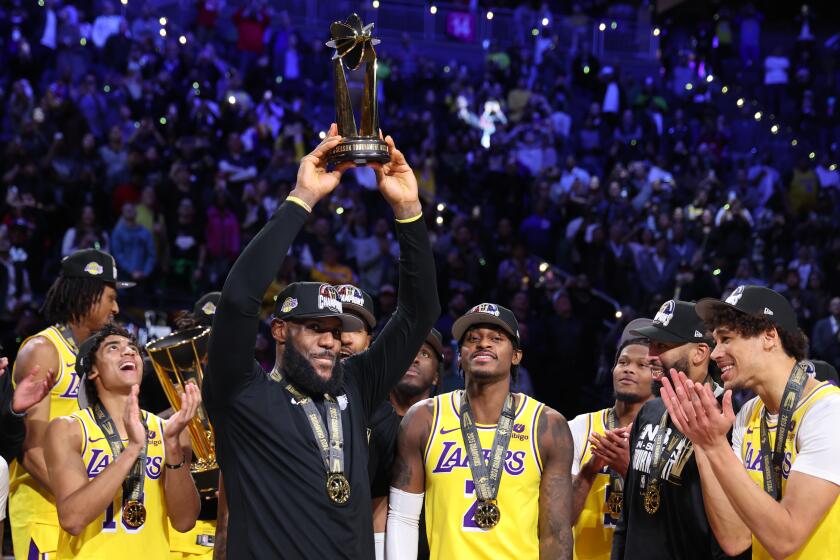Mid-major schools have financial concerns after NCAA gives spring athletes extra year
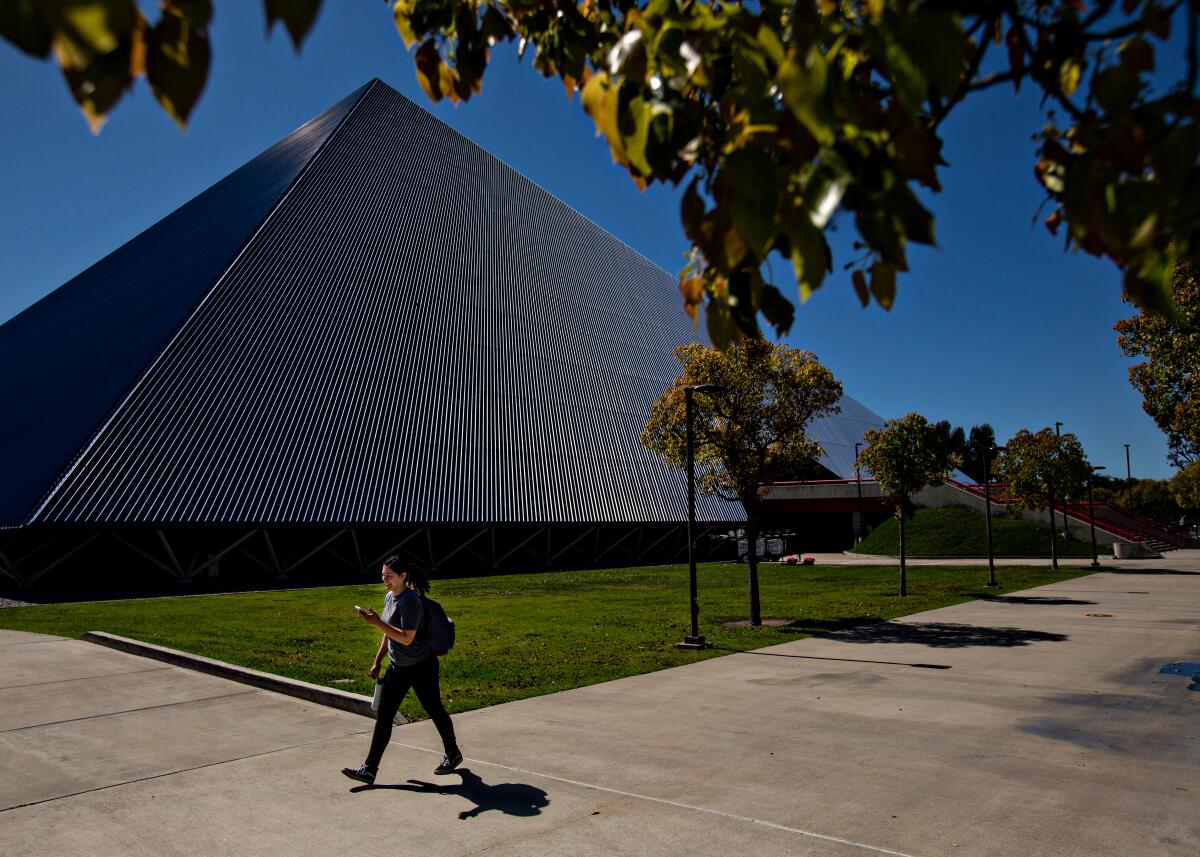
The decision was made with fairness in mind, and Andy Fee agreed with its sentiment. It broke his heart to see the final spring seasons of his senior athletes shut down. As athletic director at Long Beach State, where spring sports have a rich tradition, Fee supported most anything that helped student-athletes in the wake of COVID-19.
Yet, when the NCAA Division I Council approved an extra year of eligibility for spring sports athletes this week, Fee was left wondering exactly how much fairness might cost at the mid-major level.
He’s not entirely sure how Long Beach State and other mid-major schools can afford it.
“It’s on our backs and my back as an athletic director to figure out how we do it,” Fee said. “Any time you give student-athletes an opportunity, that’s a good thing. But it’s a challenge. It’s unbudgeted dollars we have to come up with. There are going to be some interesting discussions.”
It will be entirely up to schools to decide how those dollars are spent. That flexibility was the crux of the Council’s decision.
The NCAA Division I Council group will meet as originally planned in late April to push legislation forward on name-image-likeness issue despite the coronavirus pandemic.
“There were all levels of conversation around how this will play out very differently on different campuses, and how some institutions might be able to do things that other institutions can’t do,” said Penn athletic director M. Grace Calhoun, the Council’s chair. “But we continued to come back to the fact of making this as permissive as possible.”
Instead of mandating that scholarships be honored for returning seniors, which might have crippled some athletic departments, schools will have full discretion in deciding whether to continue aid, reduce it or eliminate it altogether.
There are nearly 350 universities that compete at the NCAA Division I level, and financially they are not on a level playing field.
Schools from the cream of the crop — who belong to the so-called “Power Five” conferences — pull in millions of dollars per year in payouts from football bowl games and the NCAA basketball tournaments, plus lucrative television contracts. As a result, Pac-12 Conference commissioner Larry Scott has said some of his conference’s schools “have the strong view they would not reduce aid for a senior that was coming back.”
Schools from conferences such as the Big West and West Coast don’t enjoy the same revenue flow, and have already been struck by a large reduction they typically receive from the NCAA men’s basketball tournament. Because of those factors, plus the commitments they’ve made toward scholarships for incoming freshmen in the fall, some may have to reduce aid for returning seniors.
“A lot of the [Power Five] conferences do have substantial reserves, thanks to their media-rights agreements,” Fee said. “The Big West Conference, we don’t have that. Most mid-majors aren’t going to have that. It puts us at a disadvantage, in terms of the financial gap growing wider. We have sports that are very competitive. Our men’s volleyball team is back-to-back national champions. We invest a lot of effort into this, and you’d hope from an equitable standpoint that it doesn’t separate a great divide between the mid-majors and the Power Five. Which already exists. But is it going to get worse?”
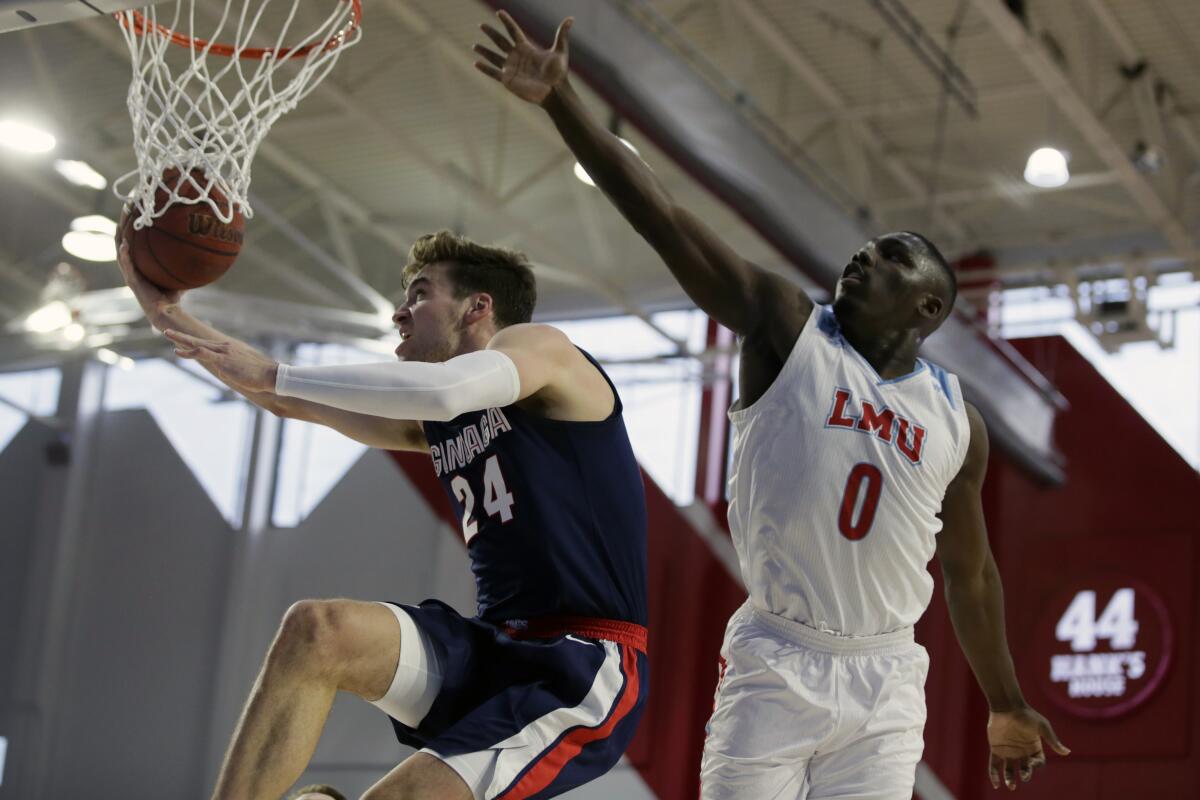
Not all mid-major athletic directors share the same level of concern. At Loyola Marymount, where tuition, room and board cost upward of $67,000 in 2019, athletic director Craig Pintens said it was too early to understand the financial ramifications his department faced.
As for competitive equity, Pintens said: “That goes completely out the window when you’re dealing with something like this. That’s something obviously people are going to worry about, but I’m just happy and thankful that a decision was made in the best interest of student-athletes everywhere. The competition aspect of it will work itself out.”
How it works depends largely on how many seniors choose to take the NCAA up on its offer versus moving on. Some might not have a choice, based on the aid they’re offered.
A look at athletes, coaches and others in the sports world who have tested positive of the coronavirus.
“If you’re making the assumption that all student-athletes are coming back, that’s the wrong one,” Pintens said.
Some certainly will, though, and for now, most departments are just trying to get a feel for how big that number might be.
“We’re going to do everything we can so that every senior who wants to come back has the opportunity,” Pepperdine athletic director Steve Potts said. “Some of them are going to be ready to move on with their lives. It’s just too early to figure out how that’s going to look.”
The NCAA has said schools will be allowed to tap into organization reserves, called the Student Assistance Fund, for scholarships, a practice that was previously prohibited. How much that might help is unclear.
NCAA voted Monday to approve an extra year of eligibility for spring athletes who had their seasons canceled because of COVID-19 but some might not get same financial aid.
That fund will be depleted by so many departments in need and no revenue coming in from the NCAA men’s basketball tournament. At Pepperdine, where the cost of tuition, room and board was more than $73,000 in 2019, Potts assumes they will have to raise money themselves.
“Six of our spring sports teams were in the top 20 when we stopped competing. Our men’s golf team was ranked No. 1,” Potts said. “We’re hoping some of that excitement could be used to find a way to fund these kids coming back and competing.”
Joshua McCarthy hopes so. The Pepperdine golfer is leaning toward coming back, if he’s welcomed. He’s one of three seniors on the Waves’ top-ranked team, and while he isn’t sure how the logistics might work out, he wonders whether returning might be his safest bet in an uncertain time.
How prudent it might be for the mid-majors welcoming back seniors like him is still unclear.
“As far as a scholarship goes, I feel like a lot of that is beyond me, so I’m not too worried about that,” McCarthy said. “I’m more so focused on the fact that we do have the opportunity to come back.”
Staff writers Thuc Nhi Nguyen and J. Brady McCollough contributed to this report.
More to Read
Go beyond the scoreboard
Get the latest on L.A.'s teams in the daily Sports Report newsletter.
You may occasionally receive promotional content from the Los Angeles Times.

